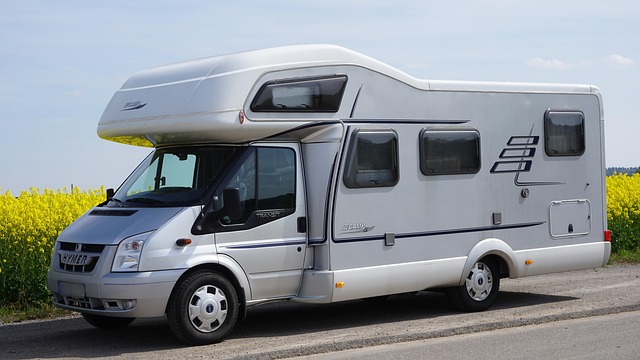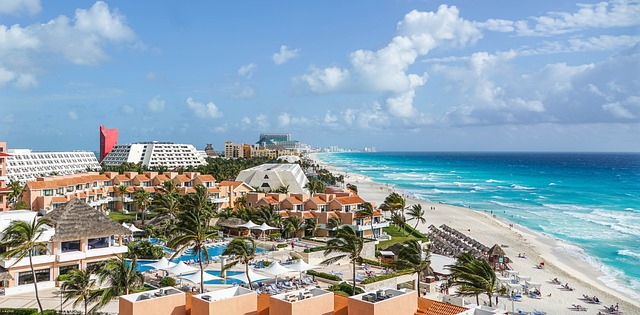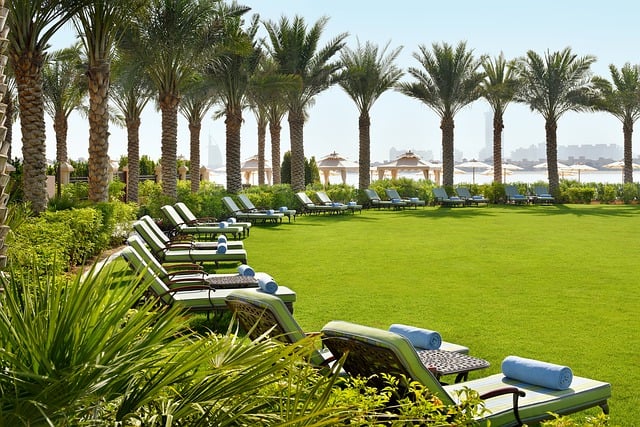With its breathtaking glacial volcanoes, waterfalls, black beaches, and some other paradisiacal landscapes, Iceland is nature’s paradise. With the rising tourists, though, comes rising pressure to protect this delicate environment. Enter eco-camping in Iceland: the least obtrusive way of touring the country.
If you are camping in Iceland, take these 10 tips to camp responsibly so that you can be a responsible tourist of the island’s untamed beauty.

1. Choose Designated Campsites Over Wild Camping
In Iceland, wild camping used to be rather widespread; however, with the development of environmental issues, it became highly regulated or even banned in most parts. Camping in an official site is always the rule, be it in a tent or camper van in Iceland with Cozy Campers, unless doing so at specific sites damages sensitive areas and wildlife. These are usually safe with fairly good sanitation provisions, toilet and shower facilities, and recycling facilities. A majority of such camps have a conservation nature, therefore, keeping a green mode of beautifying Iceland for the future.
2. Pack Reusable Camping Gear
One of the simplest and most effective things to do to reduce your effect on the planet is to utilize reusable external gear. Use stainless steel or bamboo to eat from, silicone collapsible bowls, and reusable rather than disposable containers. The extreme environments in Iceland have no waste disposal infrastructure, and therefore, single-use plastic damages the country disproportionately. Reusables avert not just dumping into landfills but also prevent polluting Iceland’s untainted wild terrains. In addition, the products are durable and cheap for any future camping excursion globally.
3. Respect “Leave No Trace” Principles
Iceland’s nature may appear pristine, but it is too exposed. Abide by Leave No Trace principles:
- Pack out all your rubbish
- Take nothing but memories, leave nothing but bubbles
- Don’t disrupt the wildlife and plants
Walking on moss can take decades to recover from, so stick to paths and pitches.
4. Support Local and Eco-Friendly Campsites
Select tour operators and campgrounds that are sustainable. Seek campsites that are accredited by local agencies such as Vakinn, the quality and environmental certification of Iceland. It is an easy means of lessening your impact on the environment and yet helping the community through supporting local businesses that give back to society.
5. Go Eco-Friendly with Solar Power
The solar-powered lanterns, chargers, and headlamps work well with electronics and lighting. One of the things that Iceland has in abundance is daylight, and therefore, solar energy is an intelligent and clean source of energy in people’s lives. Avoid gas generators as these discharge emissions and disturb wildlife.
6. Refilling Gas and Eco Stoves
When cooking in the open, it is best to avoid disposable barbecues and charcoal. Uber-safe refill gas stoves and biomass camping stoves using twigs and organic materials rank highest in environmental ratings. They are cleaner, safer, and cause much fewer carbon emissions. Besides, most campsites in Iceland offer shared cooking facilities to avoid individual energy usage.
7. Slay 100 Percent Polluting Soaps, Shampoos, and Cleansers
The waters of Iceland are clean, and even average soap can pollute the water and destroy marine life. Brushing is using an environmentally friendly toothbrush, hair washing with organic shampoo, and washing arms and body using biodegradable soap are just some of the correct ways to do it. However, it is not advisable to leave such materials in areas where there are abundant rivers, lakes, and streams, since it would naturally take a lot of time to be digested back into the soil.
8. Consume locally and eat sustainably
Shop in Icelandic farmer markets and local food stores in order to reduce the wastage of food with imported packaging and plastic wrappings. During the season, take Icelandic dairy products, fish, and fruits. Avoid purchasing bottled water, as tap water in Iceland is one of the cleanest waters in the world, and it is safe to consume.
9. Lights on Vacation and Carbon Footprint Drugs
The energy required to move a heavier vehicle or backpack is, the more energy is required. Also, only carry what you need and, where convenient, purchase carbon offsets with approved environmental initiatives. Even better, instead of using your vehicle, make use of hiking paths and cycle areas where feasible so as to cut down on fuel consumption to zero.
10. Educate Other People and Be an Example
The eco-camping act is not only concerned with the preservation of a small footprint but also with instilling that passion into all others. Be active on social media and other platforms (travel sites, and online forums) and share your knowledge about eco-camping and experiences. Add tips on local rules to other travellers, e.g., local campgrounds or how the garbage is to be disposed of. A ripple effect of the capability to lead by example will be achieved, and with it, the creation of a culture of responsible travel in the protection of the natural resources of Iceland.
Final Thoughts
When camping in Iceland, there is the possibility of experiencing an array of amazing natural attractions on the face of the earth; however, with that comes the responsibility. Visiting an eco-camp is not only avoiding bad things; it is an active step in saving this breathtaking island for future generations.
The main principle of your journeys should be sustainability, whether you go trekking and take a tent with you, or hop in a camper van in Iceland. The tours are bound to be unforgettable as they never leave anything behind.


